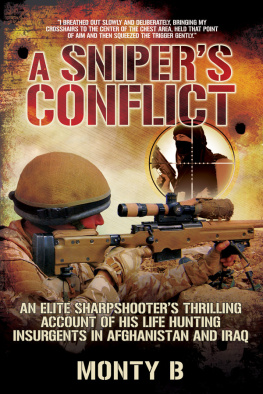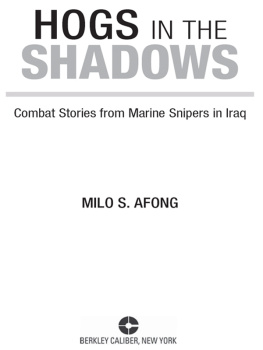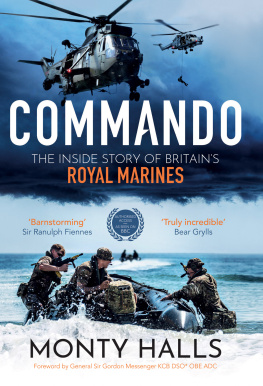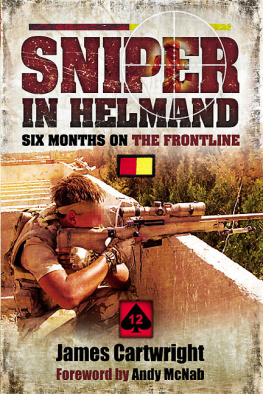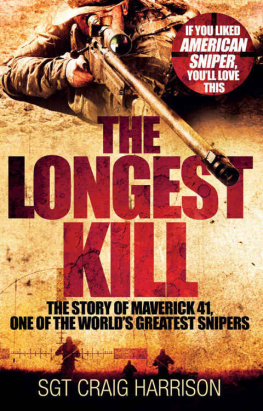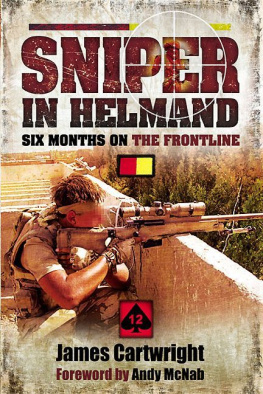Copyright 2014 by Monty B
FIRST NORTH AMERICAN EDITION BY SKYHORSE PUBLISHING 2014
All rights to any and all materials in copyright owned by the publisher are strictly reserved by the publisher.
First published in Great Britain in 2014 by Pen & Sword Military, an imprint of Pen & Sword Books Ltd
All reasonable efforts have been made to trace the copyright owners of all material used in this book. The author apologizes to any copyright owners we were unable to contact during this clearance process.
All rights reserved. No part of this book may be reproduced in any manner without the express written consent of the publisher, except in the case of brief excerpts in critical reviews or articles. All inquiries should be addressed to Skyhorse Publishing, 307 West 36th Street, 11th Floor, New York, NY 10018.
Skyhorse Publishing books may be purchased in bulk at special discounts for sales promotion, corporate gifts, fund-raising, or educational purposes. Special editions can also be created to specifications. For details, contact the Special Sales Department, Skyhorse Publishing, 307 West 36th Street, 11th Floor, New York, NY 10018 or .
Skyhorse and Skyhorse Publishing are registered trademarks of Skyhorse Publishing, Inc., a Delaware corporation.
Visit our website at www.skyhorsepublishing.com.
Typeset in Ehrhardt by Mac Style
10 9 8 7 6 5 4 3 2 1
Library of Congress Cataloging-in-Publication Data is available on file.
Jacket design by Jon Wilkinson
Print ISBN: 978-1-62914-683-6
Ebook ISBN: 978-1-63220-130-0
Printed in the United States of America
Contents
Dedication
T his book is dedicated to the everlasting memory of several friends who are no longer with us, who I still miss and who are in my thoughts daily. They have helped me to appreciate life in a much fuller way. After all, life is a gift and it is up to us how we use it.
Also to the men and women of our armed forces, all of whom have taken the Oath of Allegiance and choose to serve this nation with pride, professionalism and bravery, day in and day out until the job is done.
To our families for their everlasting love and support in all that we do.
To our American and Canadian brothers and sisters, who have served and are still serving. I have had the honour to serve alongside them on operations in Kosovo, Iraq and Afghanistan. Their courage and bravery are unequivocal and always have been, since the trenches of the First World War through to the battles of the Second World War, serving in Europe and the Middle East and in many other areas of conflict. This fellowship continues right up to the present day as we serve side by side in foreign lands.
To our NATO allies who have served with us with true military professionalism and dedication: soldiers men and women from their respective countries, demonstrating so many deeds of bravery, compassion and sacrifice at all levels. Only they know of these deeds and actions, which matter to those of us who were there and we all remember them. Such sacrifice is just part of the price of serving in a countrys armed forces, protecting and maintaining the freedoms that we value today.
Background and Foundation
The Core Functions of Reconnaissance: Find, Fix, Strike, Exploit
S niping has not changed a great deal since the first man adopted shooting skilfully using an unconventional firing position compared to his fellow combatants who usually would fire from the standing or kneeling position in file among other soldiers. The early sharpshooter incorporated the use of natural elements such as foliage to help conceal him when firing from a chosen position anywhere on the battlefield.
An example of this is the back or backs position [supine with one shoulder raised and legs crossed to provide variable support to the rifle] that was adopted by British army sharpshooters in the era of the First World War, giving them a low silhouette and a comfortable position from which to be able to observe and fire. This could be sustained for some period of time with minimum movement. Another example from an even earlier period in time was the sitting position favoured by the early American sharpshooters during the War of Independence (177583) fighting in the dense forests of North America. Having thick foliage to observe and fire through acted as an excellent screen for them, providing some depth, shadow and backdrop (the snipers allies) and of course these men were helped by not wearing the brightly-coloured uniform of the time, as sported by their military contemporaries.
Using a basic rifle and sight system already in service, the sharpshooter also mounted a very crude optical sight onto his rifle. This enhanced his observation of a specific singled-out target and the surrounding area if need be, enabling his first shot to be a well-aimed, well-placed, often fatal one.
Sniping is one skill that still requires a special kind of soldier with certain qualities. When I first began my training back in 1994 the basic principles were drummed into us, as were the history of sniping and all aspects of field training and marksmanship, instilling in me and others from that era a new passion for this military art and all that it encompasses. Qualities such as enduring patience, the hunters instinct and acute powers of observation are just a few of the snipers core skills, as quoted by Major Hesketh-Pritchard DSO, MC, the father of British army sniping from the First World War period.
In my opinion it is still the man with an above-average set of field craft skills, shooting ability and patience that excels in this area or, more importantly, survives. He does this by using his craft to the highest standard, enabling him to adapt to the ever-changing situation on todays modern battlefield: an open-minded, highly-trained and physically robust individual, competent in his personal skills as a soldier and those of a sniper.
The weapons, ammunition and optics we use today are far superior to those used by our forebears in past conflicts. So many improvements have been made over the years, both in war and peacetime, to the kit and equipment used by the sniper today. There are many available variants of the rifle itself, plus optical sights and spotting scopes, both for the military and civilian markets. They can even be built to individual specifications and requirements, custom-made for a specific task. There is the choice of the classic single-shot bolt-action rifle much preferred by hunters, for example, or a semi-automatic scoped rifle for use in high-tempo close operations by the military. Then the optical scopes themselves, now with a greater increase of magnification and clarity or sharpening of the target picture, giving pure clarity to the snipers field of view of a target and area even at further ranges, depending on the shooters skill.
The majority of modern rifle scopes have the capability to be used both day and night and in low-light conditions. The KN 203 night scope, for example, can be attached to the rifle by mounting it on the top of the day scope without needing to remove the day version from the rifle body itself. The KN 203 also has a daylight filter so it can be kept on the sniper rifle during the day if needed, depending on the situation or task you are in at the time. Other pieces of equipment used for observation by the sniper such as binoculars are crucial: a good lightweight, waterproofed pair with a military graticule pattern, coated lenses and a decent magnification option is ideal.

